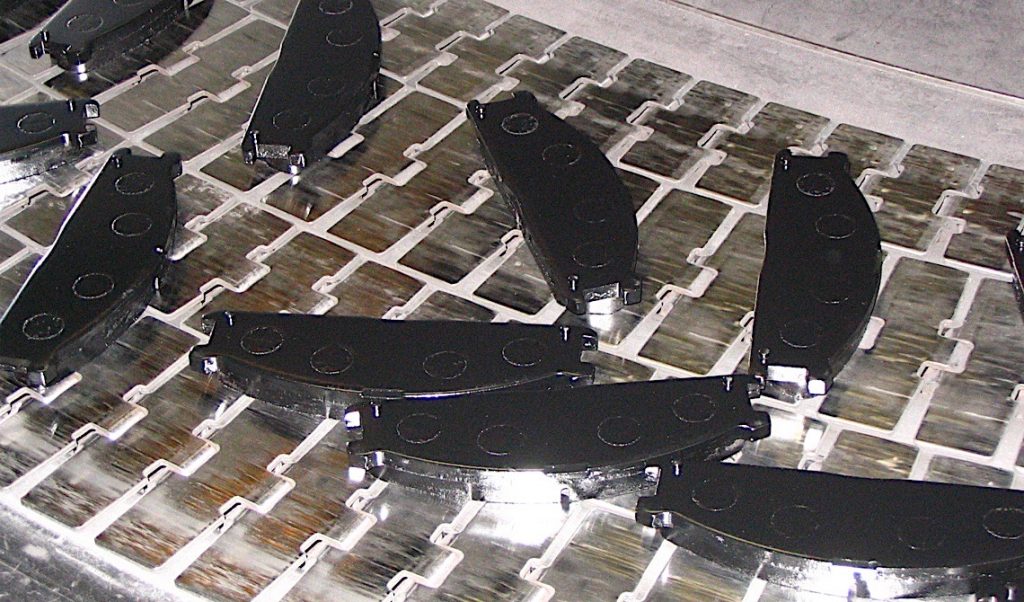
I was looking at brake pads online for a car and was bombarded with the phrases like “meets or exceeds OE specification” and “OE Formulation.” It really started to bug me because a lot of it is pure bull shit.
The first question you should be asking yourself is: Where are these OE specifications? Is this a document that includes the dimensions as well as the materials used? The fact of the matter is that there are no documents like this shared with aftermarket brake pad manufacturers. Even if their was, would they share it?
OE brake pad specifications are proprietary to the OEM and the supplier of the original pads. You can’t find it on the OE’s website and it is not filed with NHTSA. Sure there is the Friction Material Standards Institute (FMSI) that catalogs brake pad application information like dimensions, hardware, application and maybe what type of formulation was originally used (not the entire recipe).
It is OK to say “Designed to OE specification” or “Engineered to meet…”, but the pad manufacturer should be able to produce in-house or independent testing information where they compare their pads to the OE pads with either on-vehicle or dynamometer testing.
Theother factor is the backing plate and how the friction material is mounted. Many OEMs specify that the supplier of the original brake pads use mechanical attachment to secure the friction material to the backing plate. They do this because they know some applications can be very hard on the brake pads and glue or some molding methods won’t stand up to the abuse. It can be expensive and a lot aftermarket brake pads do not follow the OEM mechanical attachment specification.
Some aftermarket suppliers can make the claim that they can meet or exceed OE specifications because they were the OE supplier on a platform for the pads or they follow the FMSI information.
Some aftermarket pads are better than the OE pads. The reason is two fold. First, as vehicles age, they accumulate more miles, more miles mean that the manufacturer has a better idea what the brake pad application needs to deliver better performance over the OE application. Second, some aftermarket friction materials will use better materials than the OEM due to less restrictive pricing.
